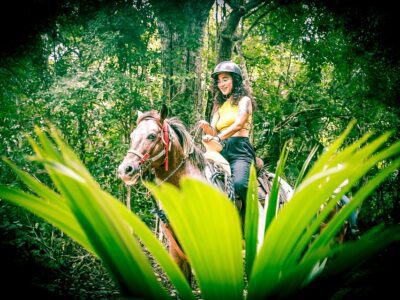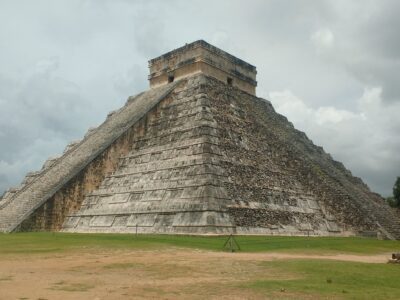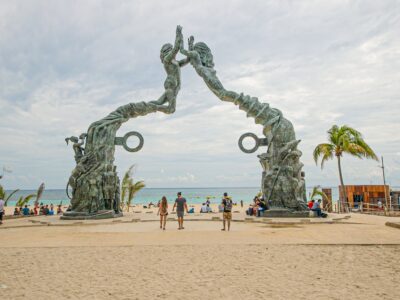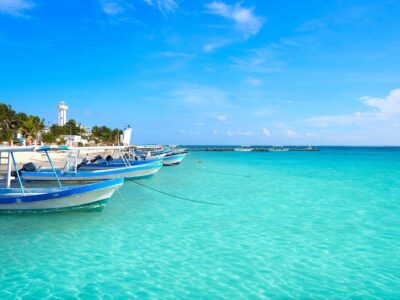Five fires remain active, the most devastating in the Francisco May community,
Quintana Roo is in one of the most delicate stages of its fire season. As of yesterday, five fires remained active in different parts of the state, affecting a total of 581 hectares of vegetation, according to data from the National Forestry Commission (Conafor).
The largest fire is located in the Francisco May community, in Lázaro Cárdenas, where 370 hectares have been burned. Santo Domingo, in the same municipality, follows with more than 100 hectares, and the mainland of Isla Mujeres, where the fire has devastated another 201 hectares.
Additionally, a fire in Felipe Carrillo Puerto, within the Los Chunes community, has damaged 13 hectares and is 90% under control. Another fire is in Xul-Há, under a power line for the Mayan Train, whose extent has not yet been officially quantified.
In the latter case, residents have indicated that sugarcane is primarily consumed and asserted that it is part of an agricultural process, although it has not been confirmed whether it is controlled or constitutes an active threat.
118 personnel have been deployed to contain the blazes, including federal brigades and communal land volunteers, Civil Protection, and municipal firefighters. Control efforts have been complicated by gusts of wind, dry vegetation, and the rugged terrain that limits access at several points.
Since January, Conafor has recorded a total of 683 hectares affected in the state, a figure that demonstrates the sustained increase in fires in vulnerable ecosystems such as the mid- and lowland rainforest.
Authorities issued an urgent call to the population, especially producers and hunters, to avoid using fire in rural areas. They urged people not to carry out unsupervised agricultural burning, light bonfires, or burn trash. Motorists were also urged not to throw cigarette butts from their vehicles, a common practice that can trigger accidents on roadsides.
The state Civil Protection Coordination emphasized that these fires not only affect vegetation and wildlife but also pose a direct risk to nearby communities and firefighters working in extreme conditions.
Forest fires have consumed more than 600 hectares of vegetation in Quintana Roo.
Five fires remain active, the most devastating being located in the Francisco May community.
Quintana Roo is in one of the most delicate stages of its fire season. As of yesterday, five fires remained active in different parts of the state, affecting a total of 581 hectares of vegetation, according to data from the National Forestry Commission (Conafor).
The largest fire is located in the Francisco May community, in Lázaro Cárdenas, where 370 hectares have been burned. Santo Domingo, in the same municipality, follows with more than 100 hectares, and the mainland of Isla Mujeres, where the fire has devastated another 201 hectares.
Additionally, a fire in Felipe Carrillo Puerto, within the Los Chunes community, has damaged 13 hectares and is 90% under control. Another fire is in Xul-Há, under a power line for the Mayan Train, whose extent has not yet been officially quantified.
In the latter case, residents have indicated that sugarcane is primarily consumed and asserted that it is part of an agricultural process, although it has not been confirmed whether it is controlled or constitutes an active threat.
118 personnel have been deployed to contain the blazes, including federal brigades and communal land volunteers, Civil Protection, and municipal firefighters. Control efforts have been complicated by gusts of wind, dry vegetation, and the rugged terrain that limits access at several points.
Since January, Conafor has recorded a total of 683 hectares affected in the state, a figure that demonstrates the sustained increase in fires in vulnerable ecosystems such as the mid- and lowland rainforest.
Authorities issued an urgent call to the population, especially producers and hunters, to avoid using fire in rural areas. They urged people not to carry out unsupervised agricultural burning, light bonfires, or burn trash. Motorists were also urged not to throw cigarette butts from their vehicles, a common practice that can trigger accidents on roadsides.
The state Civil Protection Coordination emphasized that these conflagrations not only affect vegetation and wildlife, but also pose a direct risk to nearby communities and combatants working in extreme conditions.
The post Forest fires have consumed more than 600 hectares of vegetation in Quintana Roo first appeared on The Yucatan Times.














